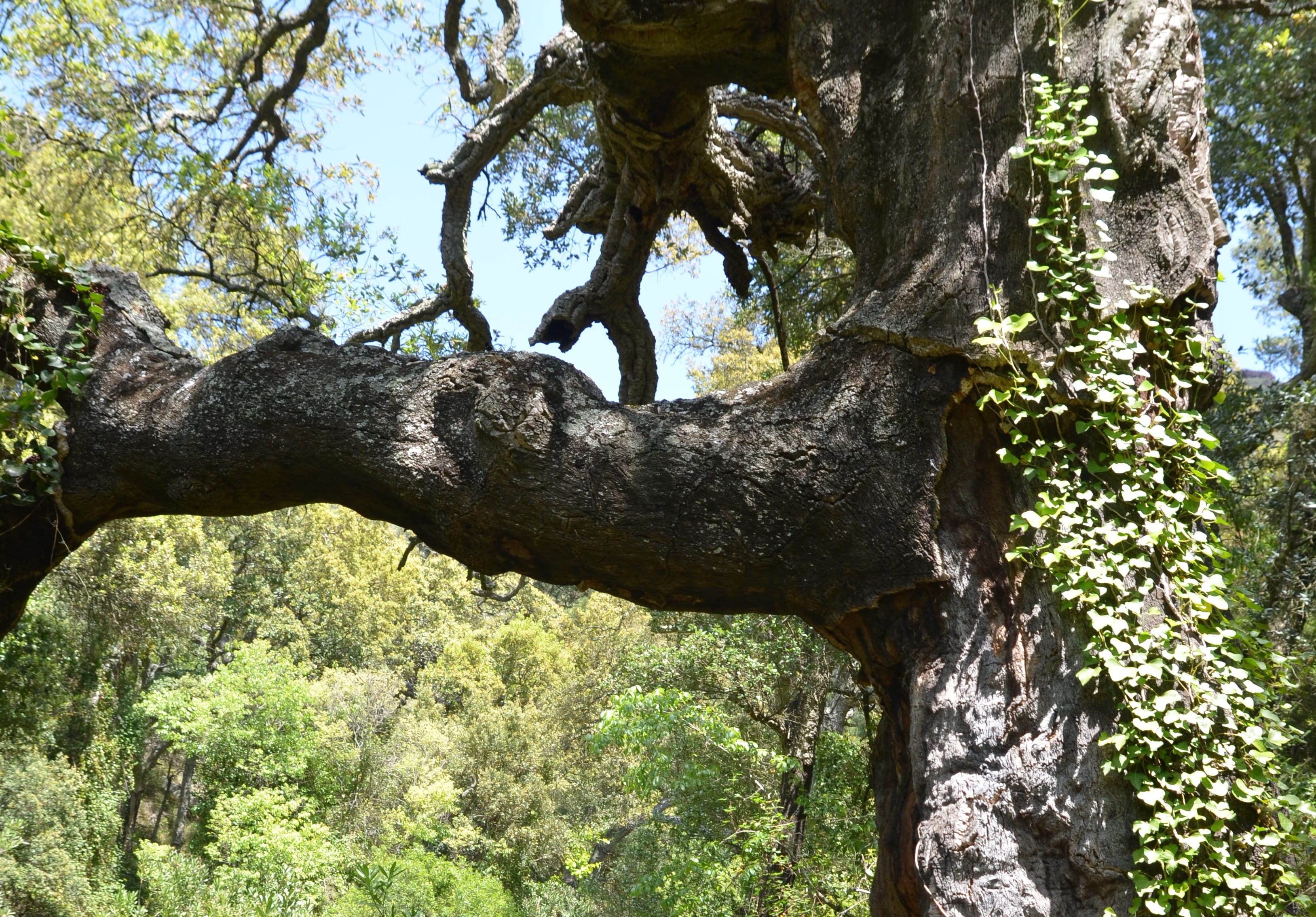Blog
The Hiking Trail through the Mediterranean Jungle of Espadán
Allow me to introduce myself, my name is Tino. I’m a native of Guadalajara, and together with my wife Marisol, after years of summering on the beaches between Benicàssim and Oropesa, and fed up with hearing our friends in the area talk about the charms of the province of Castellón, we decided that it was time to get to know it.
They gave us the name of a company, Itinerantur, which presented us with the route we chose: “The Mediterranean jungle of Espadán”. They explained to us that they were landscape interpreters and that the Natural Park of the Sierra de Espadán was home to the best preserved cork oak forests in the entire Spanish Mediterranean, also known as the Mediterranean Jungle.

Aín, located in the heart of this region, is a town of Muslim origin whose place name means “place of fountains”, and was the starting point of our route. We left the village, and travelled up the ravine of La Caridad, adorned with cherry fields and watermills, to connect later on with the hidden and leafy ravine of La Horteta. Our guides made no hesitation to tell us how protected that the place was and its importance as a unique enclave in the Castilian inland.
We continued our ascent up to Peñas Blancas, and from there we descended through a magnificent forest of wonderfully preserved cork oak trees, with beautiful specimens, to the Masía de la Mosquera, an indescribable landscape and ancient heart of the Valencian cork industry.
We do not know exactly where our guides took us for a lunch of local products: bread, local sausages and cheese, seasonal fruits and vegetables, jams and juices and a rich and fresh wine, all made in Castellón. Our guide told us that landscape interpretation isn’t the same without a taste of the local culture... How right he was!
We walked along the track that runs through this landscape until we ran into the Aín-Almedíjar road, which took us to the Almanzor ravine (named after Zelim Almanzor, leader of the Moorish revolts of the 16th century) where giant ferns and monumental trees took us to a tropical jungle. We climbed up to the mountain pass of Íbola, where we started the descent back to the ravine of La Caridad.
The Aín trail gave us the possibility of going up, in a very short time, to the ruins of its castle, isolated and strategically located in the valley, before arriving again at our point of departure.
This was the end point of our route, which according to our guides, had more diversity of plant species than many European countries. The farewell was happy and sad at the same time. Sad because we couldn’t take a little piece of this land home with us, but cheerful because we found some new friends, Belén, Chema and Lluc (the environmentally-committed dog), who were our guides and now a part of our hearts.
THANK YOU, yes, in capital letters, for truly being landscape interpreters. We’ll meet again on one of your routes.
